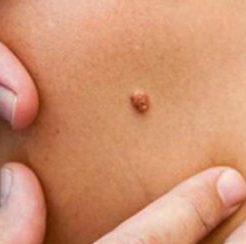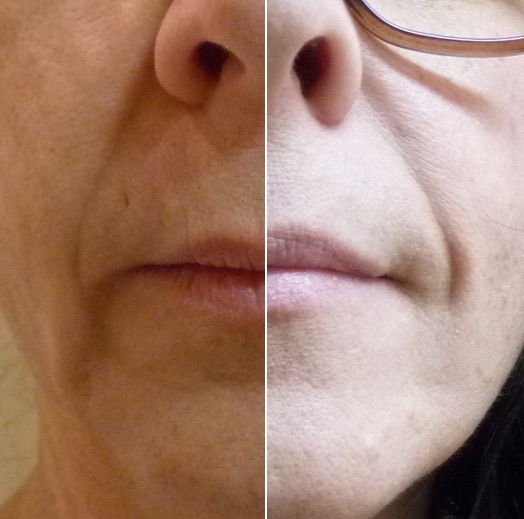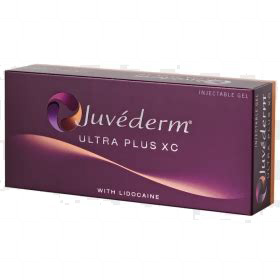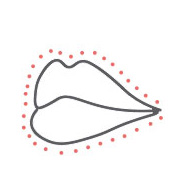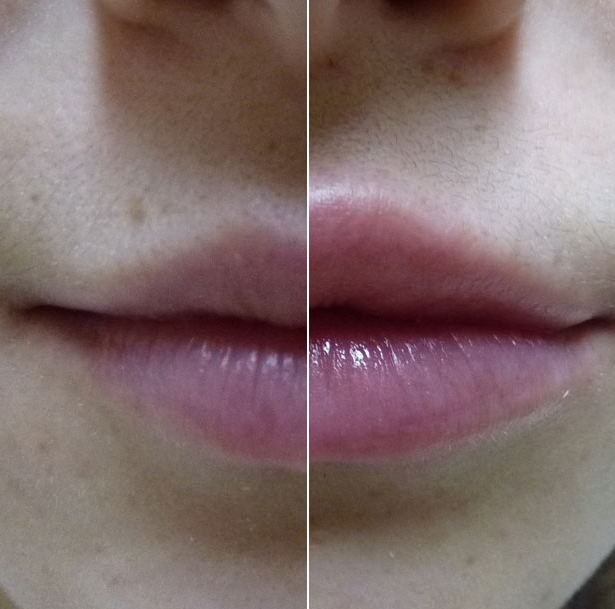
Avec le temps, le manque d’élasticité de la peau, la force de la gravité, une perte de poids importante ou une grossesse rendent les seins moins fermes et plus tombants. Le redrapage mammaire ou mastopexie ou encore communément appelé “lifting des seins” permet d’améliorer l’apparence des seins en les remodelant.
Toutefois, la chirurgie ne redonne pas son élasticité à la peau et n’a aucun effet sur le phénomène de gravité, de sorte que les seins peuvent redescendre avec le temps. Une réduction mammaire minime peut être conseillée en même temps que le redrapage afin de diminuer le poids du sein pour que le résultat soit plus durable. Au lieu d’un redrapage ou en plus du redrapage, Dre Duclos pourrait aussi vous suggérer des implants mammaires afin que le galbe du sein soit maintenu à la partie supérieure du sein, que le sein soit plus ferme et que le résultat soit plus durable. Ceci est particulièrement le cas après une grossesse ou une perte de poids significative.
Le redrapage mammaire peut améliorer votre apparence et votre confiance en vous, mais ne changera pas nécessairement la qualité de vos relations avec les autres, ni ne permettra d’atteindre la perfection. Les meilleures candidates pour ce type de chirurgie sont les personnes en bonne santé, stables émotionnellement, qui ont des attentes réalistes. Avant d’opter pour cette intervention, précisez vos attentes et discutez-en avec Dre Duclos. Elle sera heureuse de répondre de façon claire et précise à toutes vos questions et de vous renseigner sur les traitements les plus appropriés à votre situation en vous indiquant leurs avantages et leurs inconvénients.
Lors de l’intervention, la peau excédentaire est retirée, le sein est remonté et les incisions sont refermées. Selon votre condition, les cicatrices peuvent être situées autour de l’aréole du mamelon seulement, se rendre jusqu’au pli sous les seins ou s’étendre jusqu’au pli inframammaire. De plus, le diamètre de l’aréole du mamelon peut être réduit afin qu’il soit plus harmonieux avec le sein.
Lors de la consultation, Dre Duclos examinera vos seins et vérifiera la qualité de votre peau, le degré de relâchement, la dimension des seins, les caractéristiques de votre glande et la présence de nodules. Après évaluation de votre état de santé et de vos attentes, elle vous fera ses recommandations, chaque chirurgie étant planifiée sur mesure en fonction de votre état. Elle vous expliquera en détail les options chirurgicales, le déroulement de l’intervention et le type d’anesthésie le plus approprié (anesthésie locale avec sédation ou anesthésie générale), les consignes pré et postopératoires, les risques associés et les résultats attendus, incluant la localisation des incisions.
Suivant l’intervention, vous devrez vous procurer un soutien-gorge de type sport pour la journée de l’opération. La durée de l’intervention varie selon son étendue. Vous serez ensuite sous observation jusqu’à ce que votre état vous permette de quitter la clinique. Une prescription de médicaments antidouleur, des directives et la date du prochain rendez-vous vous seront données avant votre départ. Prévoyez demander à quelqu’un de vous raccompagner à la maison.
Comme il y a très peu de douleur après l’intervention, seule une médication analgésique légère est prescrite. Une douleur importante ou un gonflement soudain doit être signalé sans délai.
Pendant les deux semaines suivant l’intervention, vous devrez garder votre soutien-gorge en tout temps, sauf lors des soins d’hygiène, et éviter de soulever des objets au-dessus de la tête. Vous devrez éviter d’exposer les cicatrices aux rayons du soleil ou du salon de bronzage pendant environ 6 mois. La date de votre retour au travail dépendra du type de travail que vous faites. En général, vous pourrez reprendre des activités sportives intenses un mois après l’intervention.
Les complications sont rares et habituellement mineures. Une hémorragie (ou saignement abondant), une infection, un problème de cicatrisation et/ou une asymétrie peuvent survenir. Très rarement, la sensibilité du sein ou du mamelon diminue et, exceptionnellement, une perte complète de sensibilité se produit. Cette intervention n’a généralement aucun effet sur votre capacité à allaiter.


